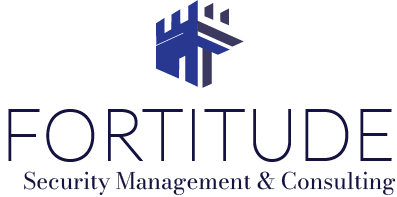Our services
Our dedicated team conducts thorough evaluations, providing you with actionable insights to strengthen your defenses.
Elevate your security program with our comprehensive assessments. We help you identify threats, vulnerabilities, and recommendations for improvement, ensuring your security design is robust and effective.
Security assessments are a vital tool for evaluating the effectiveness of your current security program or design. They serve as a crucial step in addressing security concerns and planning changes to enhance your security strategy. At Fortitude Security Consulting, we understand that the customer plays a pivotal role in shaping the scope of the assessment, which includes evaluating potential threats, identifying vulnerabilities, and providing recommendations to strengthen your existing security program or design.
What sets our security assessments apart is their unique customization. We tailor each assessment to match the scope desired by the customer and the specific type of facility being assessed. Our assessments typically encompass a comprehensive range of tasks, and we actively seek input from our customers to ensure a personalized approach. These tasks include:
Our proven approach
Fortitude Security Consulting leverages a proven security assessment process to successfully evaluate various types of facilities, including corporate, industrial, healthcare, and institutional locations. We recognize the ever-evolving threat landscape and continuously adapt our assessments based on lessons learned and the latest best practices in the security industry.
Our scope of service typically covers the following
Areas of Assessment
To help us meet your security assessment expectations, please use the following information to help you understand the scope of an assessment and determine the appropriate areas to evaluate for your property. Not every topic mentioned below will be suitable for your building or the desired scope of your assessment.
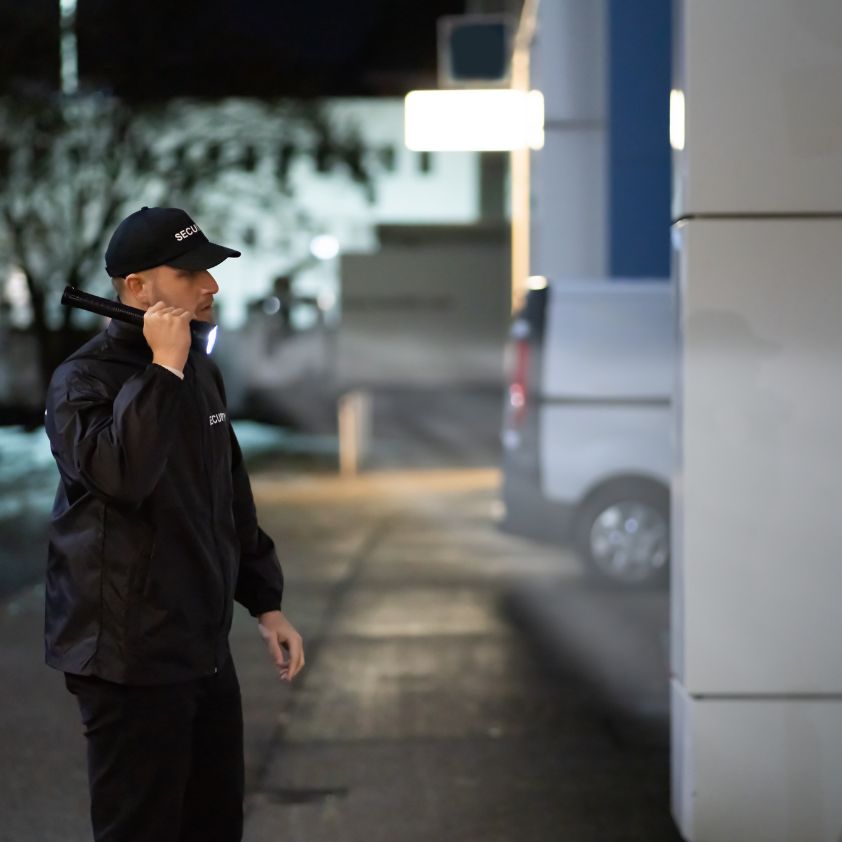
Perimeter
Your property’s immediate area, your first layer of security, can be defined by structures or landscaping, influencing movement and security. An open perimeter is harder to secure, while a well-shaped boundary guides traffic through monitored routes.
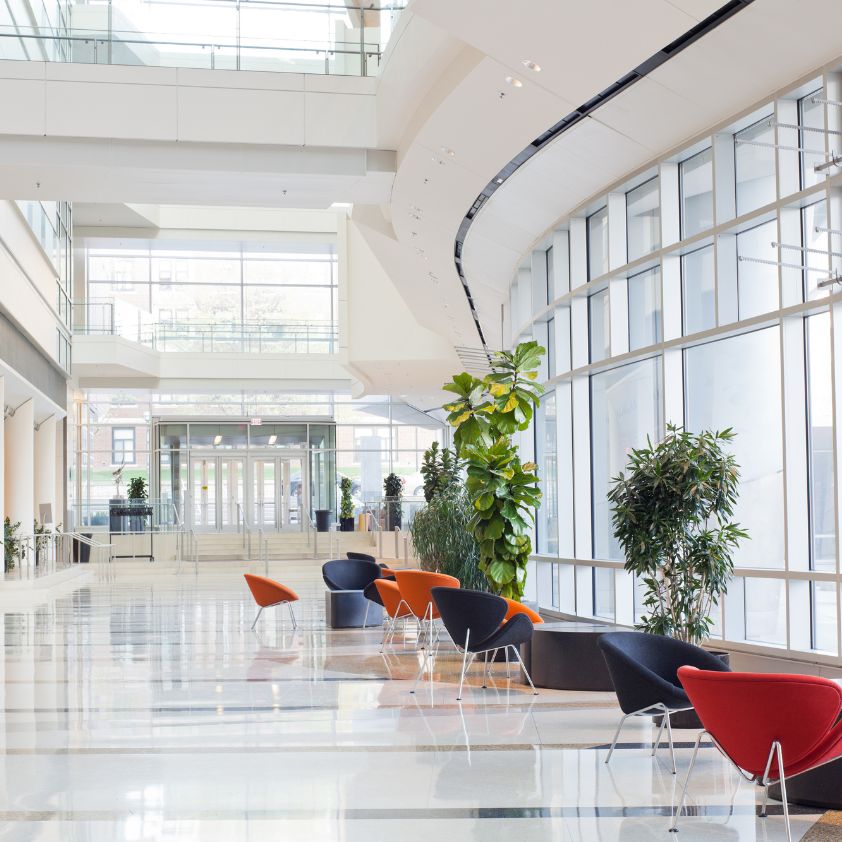
Building(s)
Structural elements of a building constitute a security layer, demanding comprehension, utilization, and integration into the facility’s security plan. These components, such as walls, floors, doors, and windows, should be comprehensively managed and utilized to enhance security for the facility or organization.

Vehicle Movement Controls
Rigorous vehicle control enhances building security by preventing unauthorized access and potential threats. Regulating entries and exits helps vet visitors and deliveries, reducing the risk of illicit activities. It also aids emergency preparedness for orderly evacuations and responses, creating a safer environment.
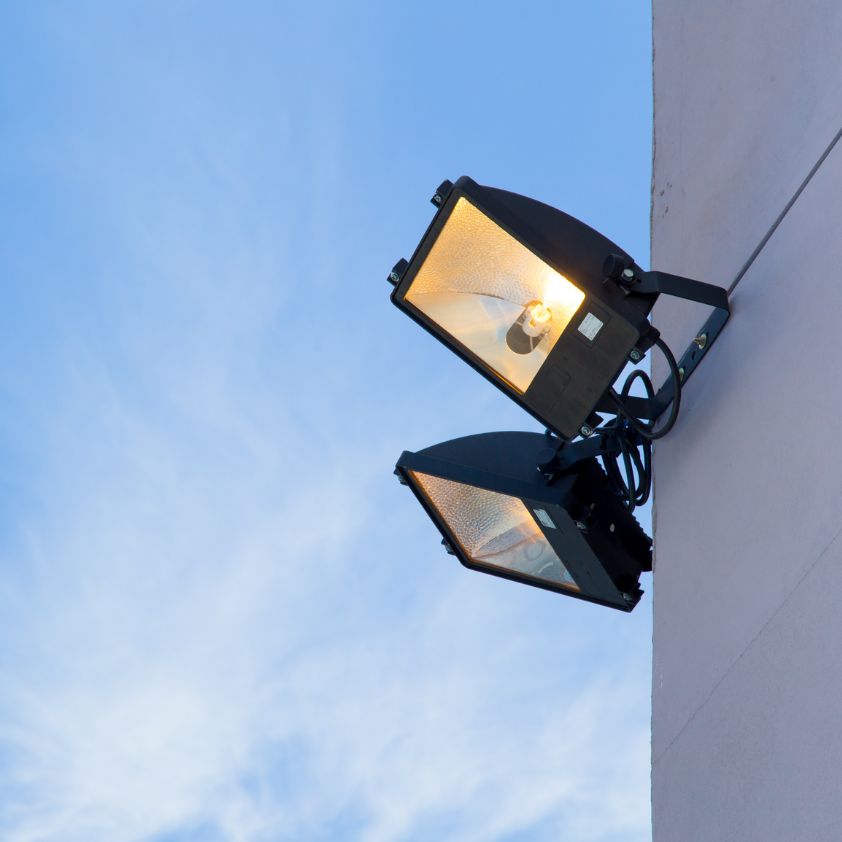
Lighting
Lighting plays a pivotal role in deterring criminal activity and promoting safety and security. It includes dedicated security lighting and general-purpose lighting, both of which impact security positively. Lighting supports electronic surveillance, improves visibility for observers, aids security responses, defines public and private areas, and may reduce liability concerns.
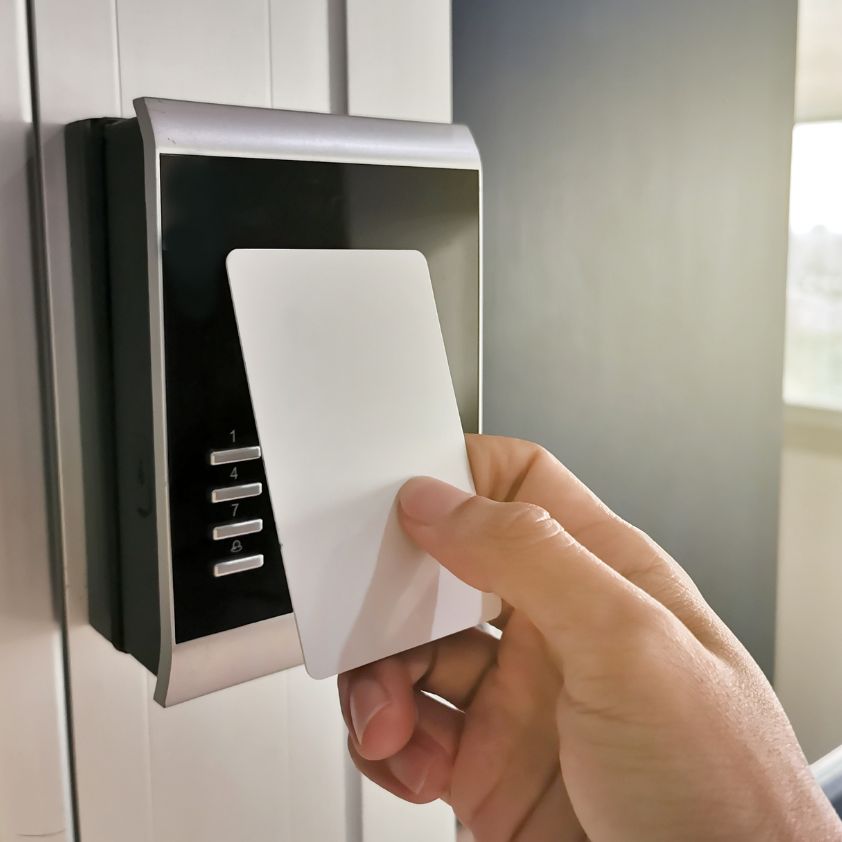
Key Control
Locks secure movable barriers in entry control systems, but shouldn’t be sole protection. Complement locks with patrols or electronic systems, as locks alone can be compromised. A strong key control policy is vital for efficient key and system management.

Surveillance Systems
Video surveillance provides visual assessment and documentation. Assessment gathers descriptive visuals during incidents, while documentation stores images for study, with authenticity points like timestamps. Cameras in security serve three roles: capturing events, deterring activities, and discouraging unwanted behavior.

Guards and Reception Staff
Security officers provide various services and take on unexpected roles. Businesses with in-house officers must invest in training for better service. In procurement, prioritizing low prices in the contract security sector can compromise service quality and lead to disappointment.
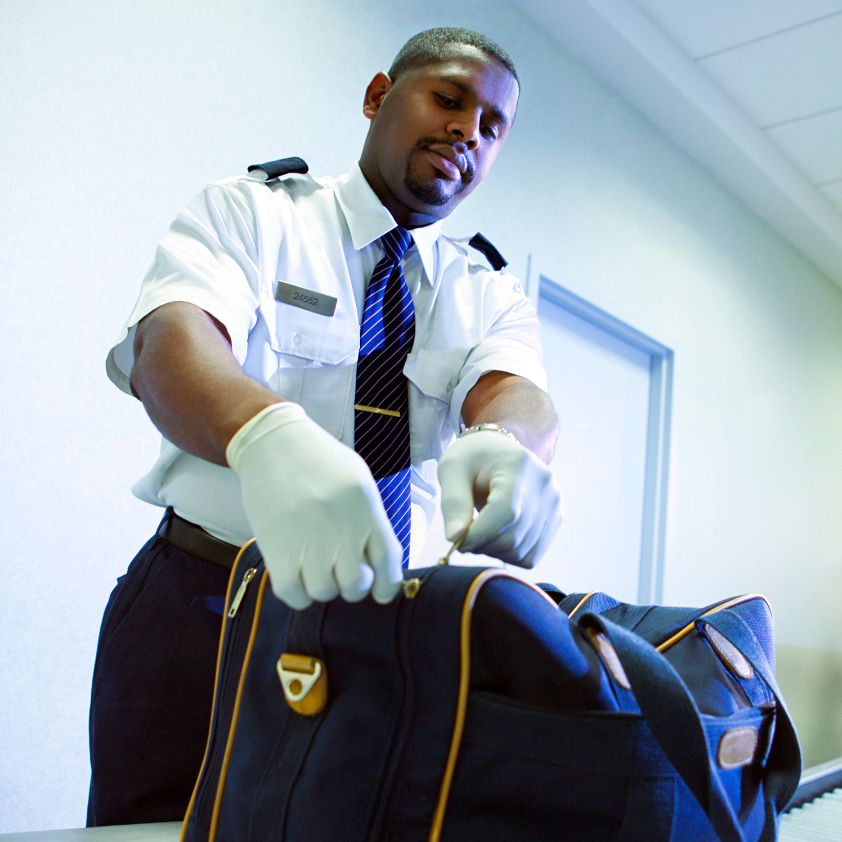
Access Control
Security officers provide various services and take on unexpected roles. Businesses with in-house officers must invest in training for better service. In procurement, prioritizing low prices in the contract security sector can compromise service quality and lead to disappointment.

